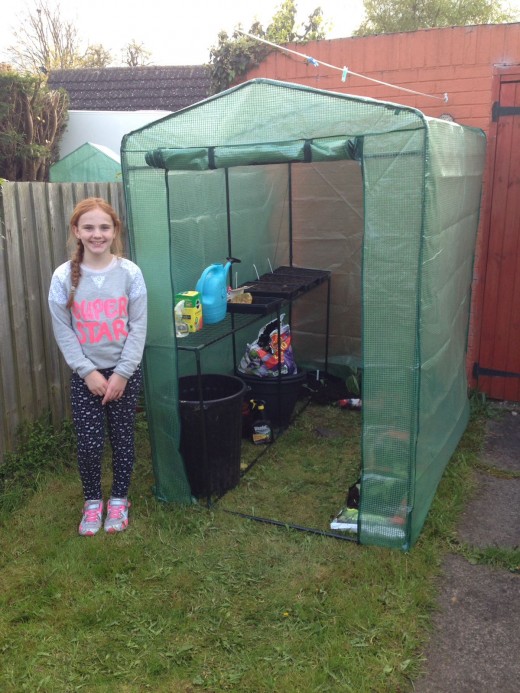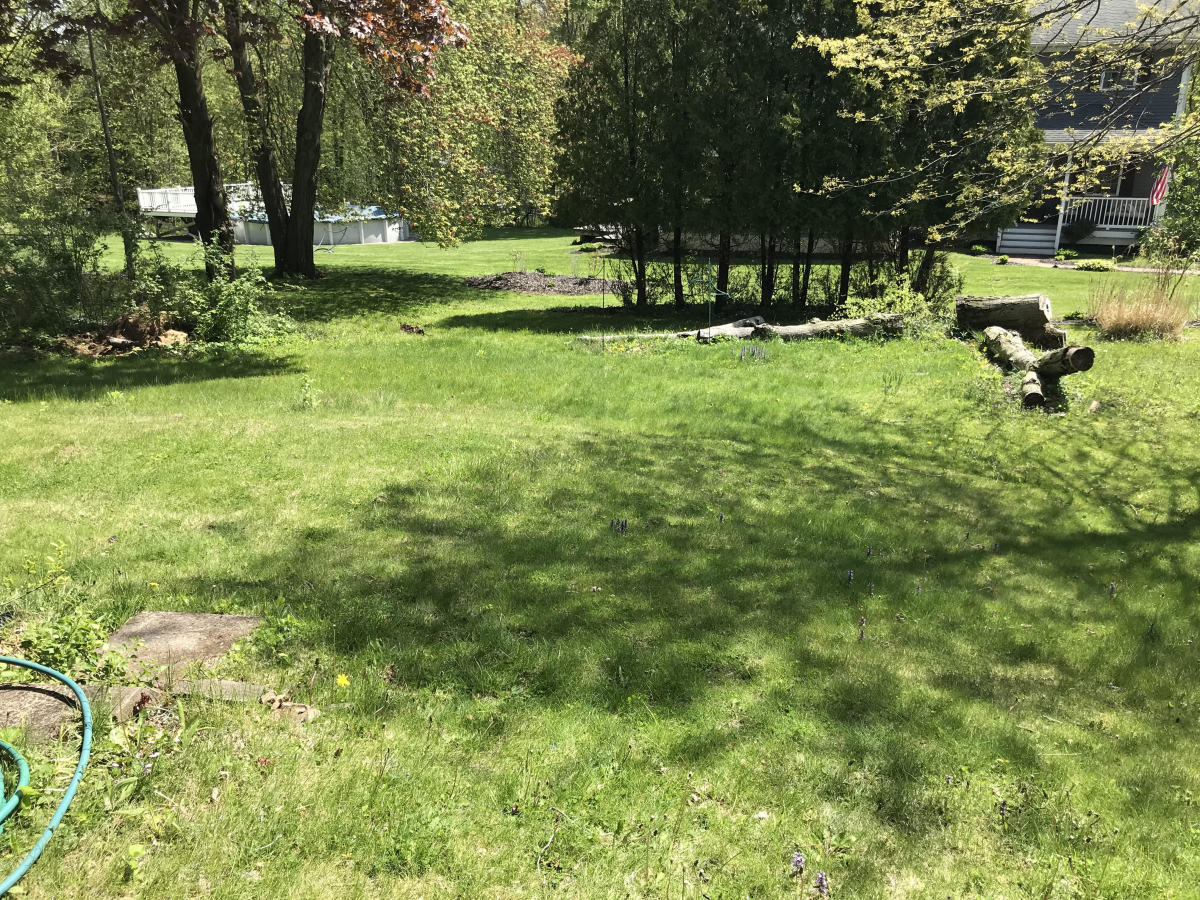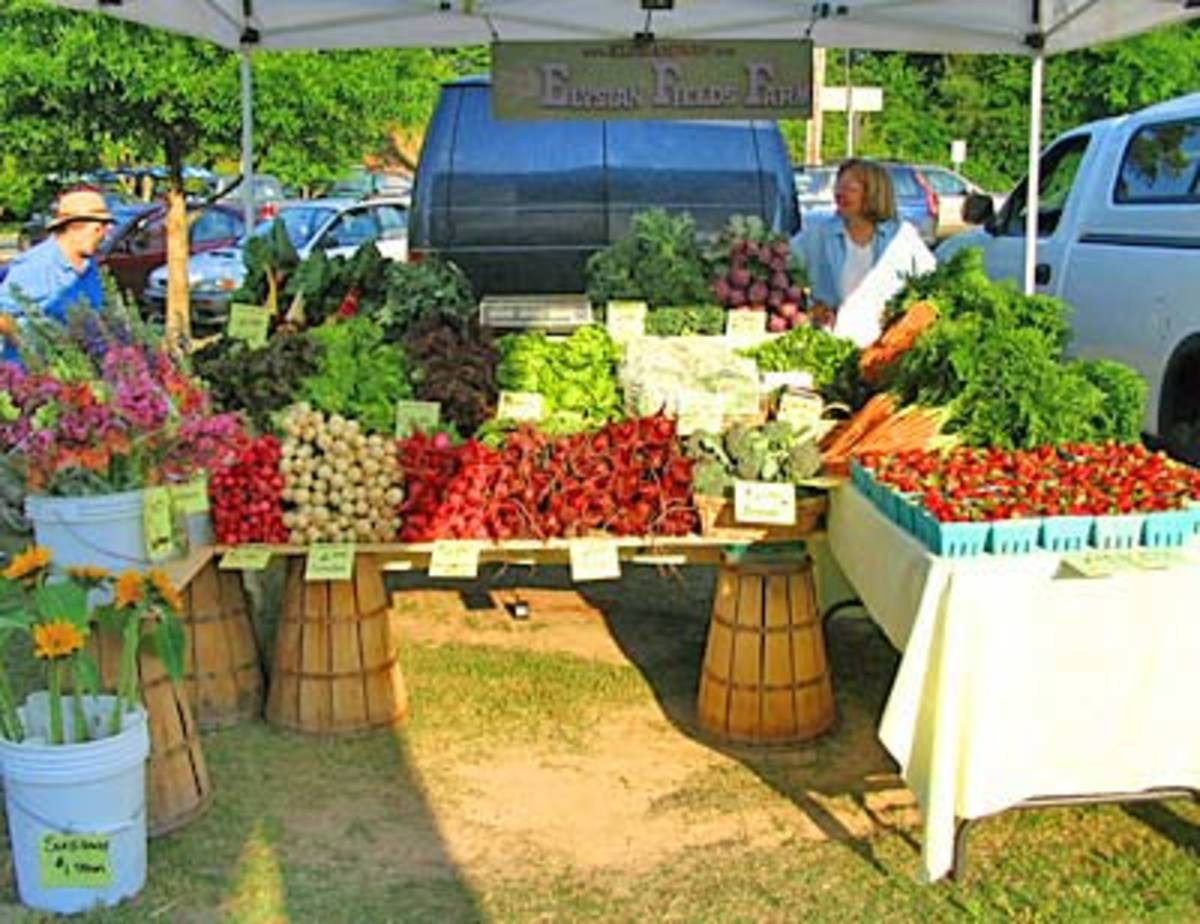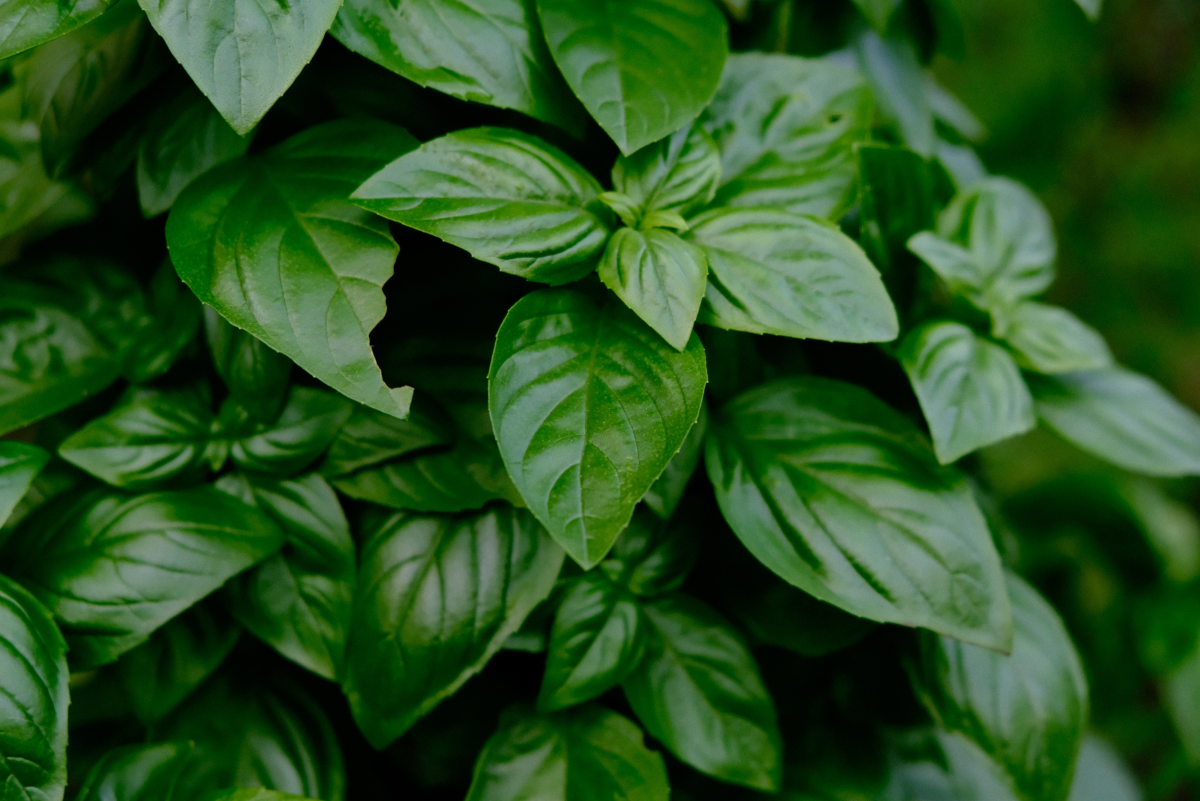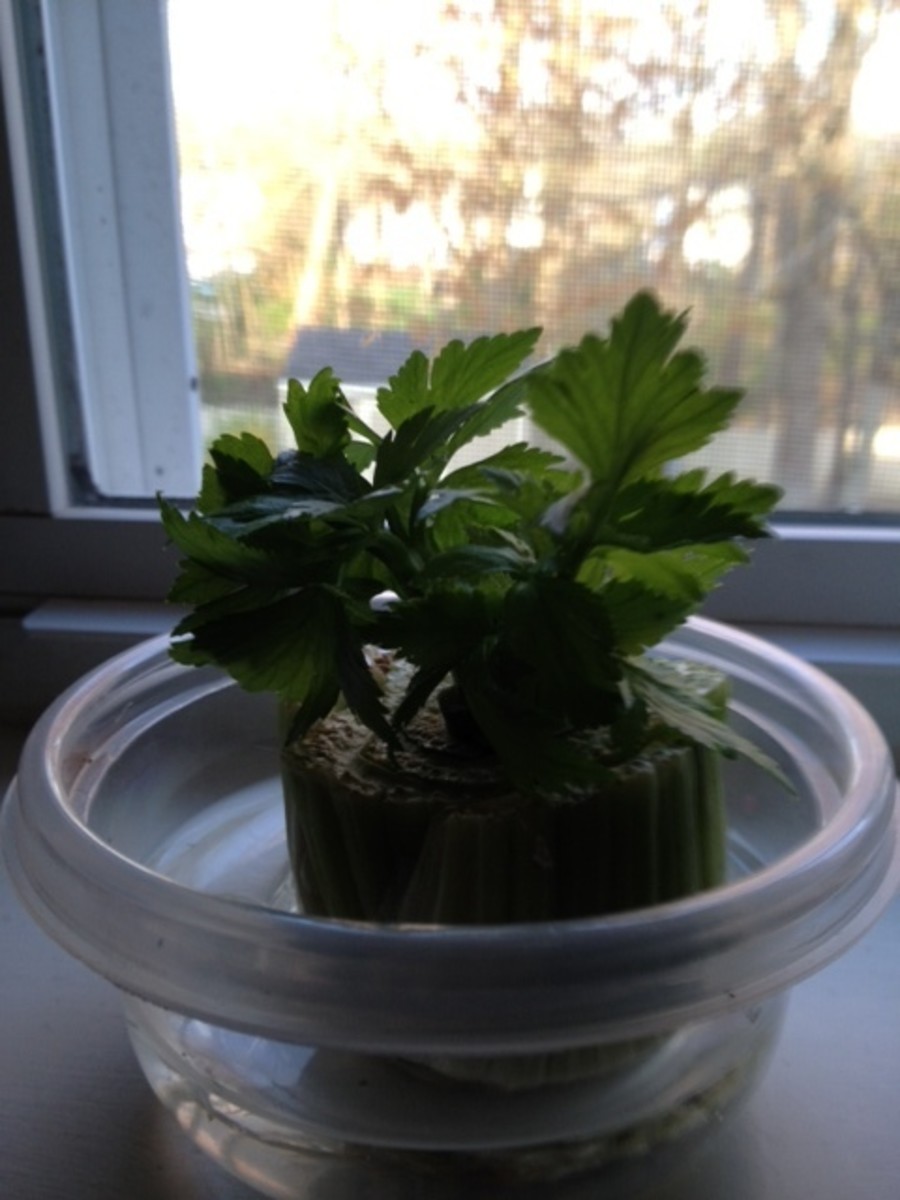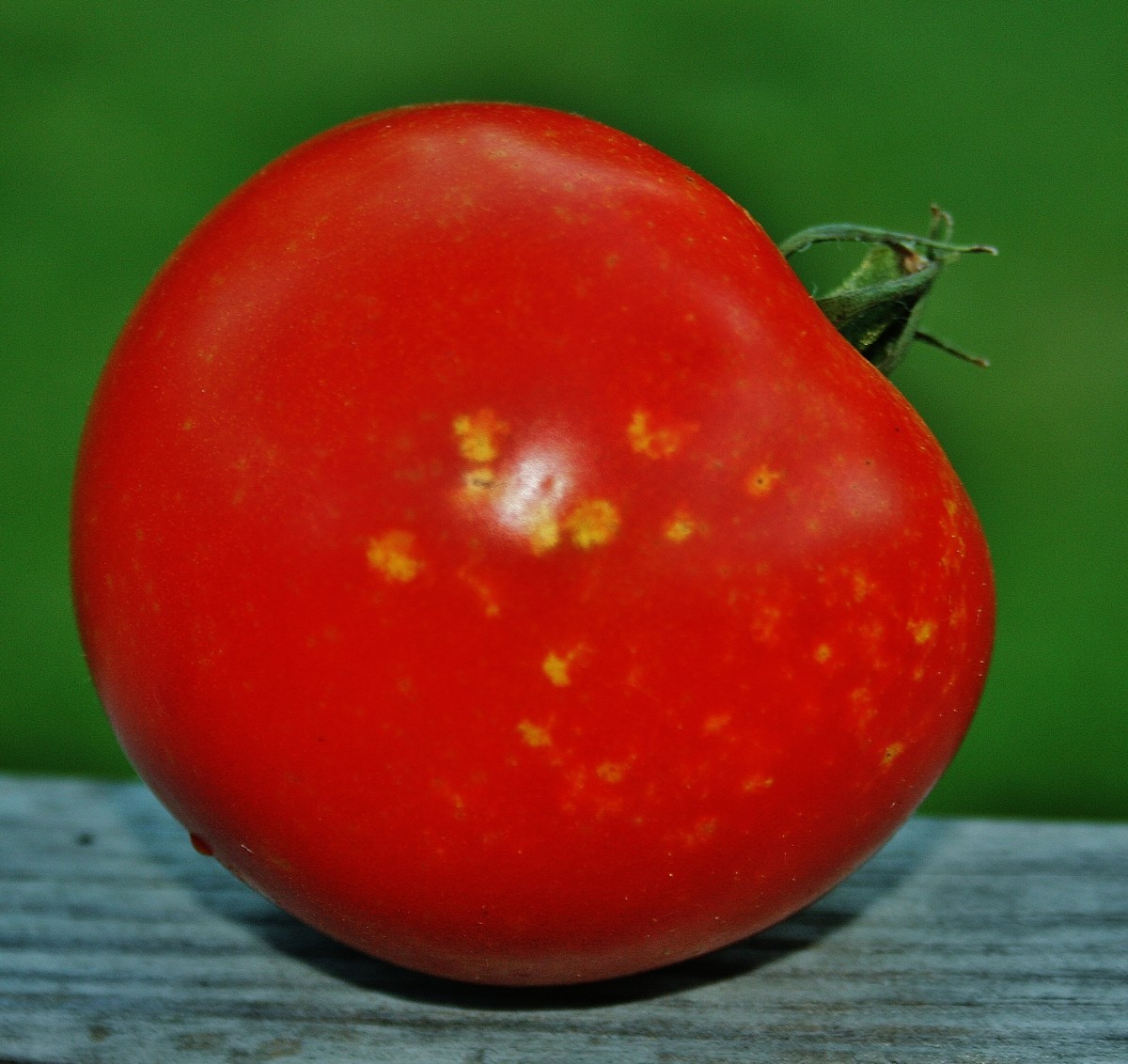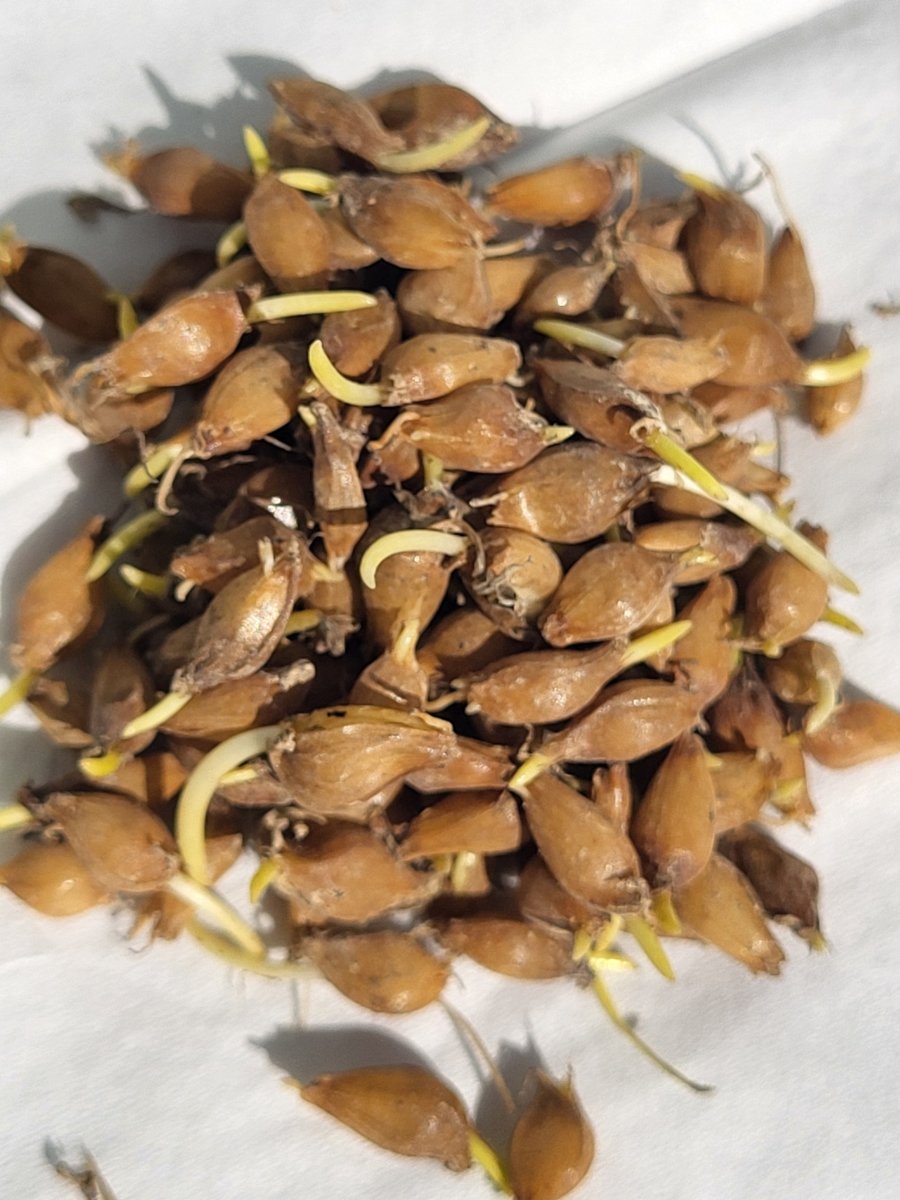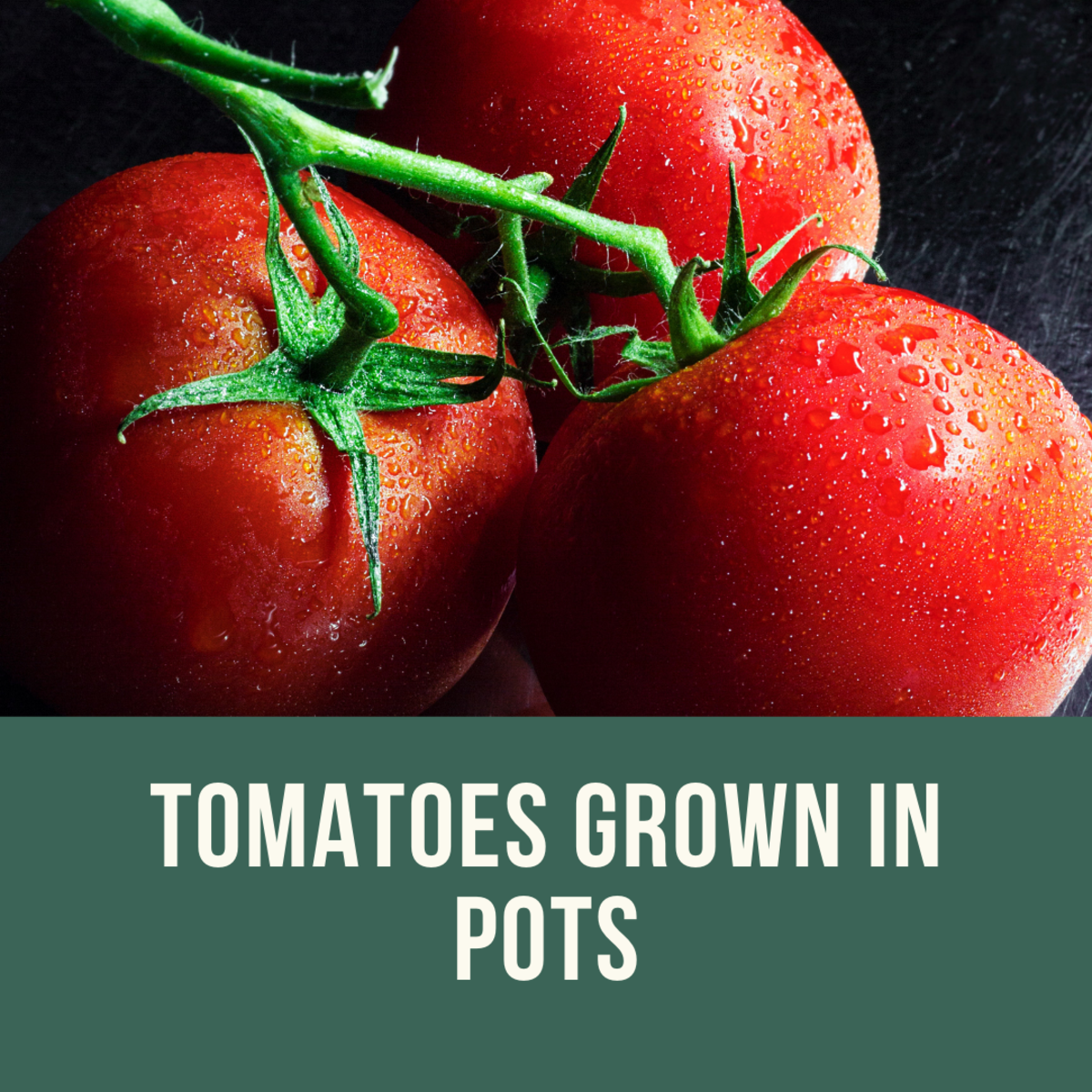Guide to Growing your own Vegetables
Healthy and fun!
As we become more aware of the environmental implications of our food sourcing, many people are turning to growing their own fruit and vegetables, whether this be in their own garden or on an allotment. I started growing in both areas this year, and although it has been a little tough, I am starting to reap my first harvest. This is a miracle, as I didn't get the plot until late April, which is usually classed as too late to plant anything out. However, I feel the need to share some good tips for starting out on this type of mini adventure which would probably have saved me some issues with my crops this year.
My garden setup
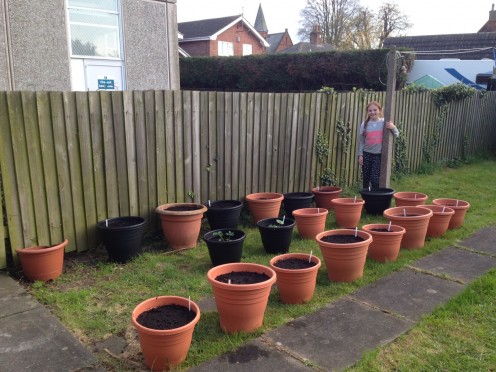
Preparation is key!!
I know this is an old cliché, but it is an absolute truth when it comes to growing veg. Clear the ground where you want to plant of all weeds, making sure you dig it over well at least 2 feet deep. You need to remember that the roots of the plant need to go deep for the water and the nutrients, so it's always better to dig deeper down than you think is best. I know, as my first crops didn't turn out as good as they should have! this time round, I have planted in pots, which has allowed me to put more root veg in. If you have access to a rotivator, use it to turn over the soil and aerate it; this will help to optimise the soil's condition, and also means it won't be too compacted when you come to start planting.
If you have clay soil (as I do), you may want to consider building raised beds, or at least adding to the soil that you have in place. A good raised bed should be at least 2 feet deep, and you should still turn over the soil underneath before you fill it and start planting. Remember those roots will still try to get through the soil if they get that deep. We chose to use a mix of topsoil and compost, roughly in a 70:30 mix respectively, and added chicken pellet fertilizer to add nutrients into the soil. As this mix beds down, you may need to top up the raised bed, so leave it a couple of days and keep watering it before adding more topsoil and compost to the mix.
If you are planting straight into soil, a good way to make sure the soil is at it's best is to add compost and fertilizer. Again, I used chicken pellets initially, but you can use other fertilizers, and manure or self made compost are just as good as any.
As well as this, I have taken on a tip from my uncle, who has a large allotment. He has a water butt that is filled using rain water, into which he places a hessian sack full of manure and comfrey. He usually puts the sack in during the spring, seals the lid and leaves it for a minimum of six months to ferment. When opened, it will smell awful (trust me, I've smelt it!) but it works wonders around your plants - usually dilute about 100ml into a watering can to use.
Make sure all of this is done as early as possible, if you can in the late autumn, then you'll be ready for the start of the planting season in spring. Once done, you can cover the soil with plastic sheeting which stops the weeds from growing, protects the soil from frost and prevents too much rain leaching any nutrients you've added.
Timing
With growing of veg and fruit, timing is an essential part of the process. All plants are designed to grow at certain times of year, and if you plant them too early, or too late, you could end up with no crop at all. If you have an allotment or veg patch in your garden, it's a great idea to have a calendar attached to your fridge, or the inside of your shed, or wherever else you think you will look at it frequently. Make sure you stick to the timetable as much as you can, or there is a risk of the plants not growing. I put off planting out some cabbages this year, and lost the whole crop to cabbage fly.
You can search the net for good calendars to help you grow, and it's essential you select one that is appropriate for your location and climate, but I found the best for me (in England) to be the gardeners calendar, as it also gives great advice to newbies like me. There are also numerous books out there, ranging in price, so check out your local shops (Aldi, Asda and The Works here in the UK are pretty good) or have a look online - Amazon usually do a decent selection wherever you live.
Good starting crops
In your first year, the best crops to grow are always the easy ones. A selection of crops I would suggest are as follows:
- Potatoes. These will grow pretty much anywhere, as long as you give them the depth and space to spread beneath the soil.
- Onions. Whether from seed or from bulb, these are a hardy plant, and grow in very compacted soil, so clay is no problem!
- Carrots. Despite the threat of carrot fly, as long as you look after them, carrots are really good growers. Keep them topped up with nutrients throughout the growing season and they will thrive, but make sure the soil is nice and soft for them.
- Courgettes. If you cultivate these in pots first, then plant out once they are about six inches tall, these plants will thrive. Harvest the courgettes regularly, and the plant will keep flowering all summer.
- Beans. I chose French beans for my allotment, and if you keep them well watered and weed free, they are lovely little plants and give some great veg. Remember, if you grow taller varieties to support the stems with garden cane. Runner beans grow well over a frame, and if you plant them with sweet peas it keeps the black and green fly away from your beans!
- Radishes. Easy to grow, hard to harvest. Make sure you know when they went in, as if they are left in too long, they can turn to a very woody mess.
- Raspberries. These are a brilliant bush-based soft fruit, and will pretty much grow anywhere. However, make sure you keep the bushes trimmed back once established, as they can get out of hand quite quickly.
- Sweetcorn. Although I don't have any this year, I am hoping to plant some in next year. They grow quickly and easily, and give a brilliant vista to your patch in August, harvested in time for those late summer barbecues (weather permitting!).
- Rhubarb. If you get a crown of rhubarb in the Spring and plant it, you should have a crop before the end of the summer. Just make sure you cut the flower stems of at the base before they go to seed, as this affects the taste of the rhubarb.
- Sprouts. Yes, you read right. They are quite hardy plants, and if watered regularly will grow well.
Early learners!
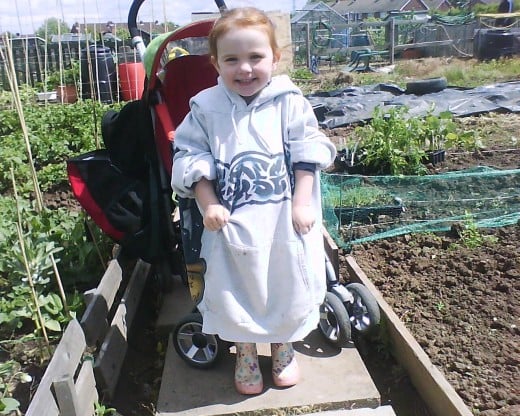
Final points
I have found that there are some key things to starting your allotment or vegetable garden. These are as follows:
- In the first year, don't try to do too much. If you do, you could end up bogged down with trying to keep everything going.
- Don't worry if you lose some of the plants. There is always a risk of this, but you can always try something in its place and just learn from experience.
- Make sure you go at least every couple of days to check on your patch and water it, especially in the summer. If you're away, ask someone to do this for you.
- Most of all, have fun with it! This is something for you, and your family, so make the most of it. As you can see from the picture above, my daughter loved going to the allotment when she was little, and the picture below shows some of what she has planted with me this year. If you have an allotment, try not to get dragged into the allotment politics and rivalries (as it can prove to be a nightmare!).
Erin with her greenhouse
